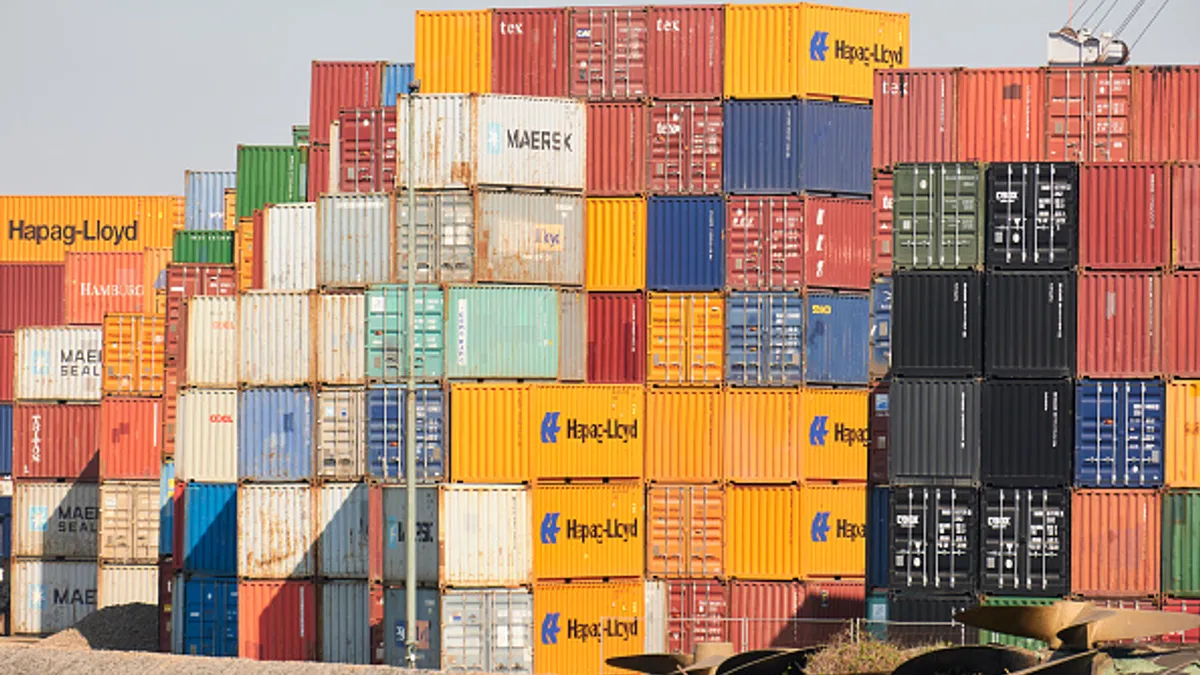Irina Berkon is the chief financial officer at Metallicus, Inc., a San Francisco-based digital assets technology company that provides services allowing consumers to buy and sell some 65 cryptocurrencies.
Some call it a Ponzi scheme, others a failed algorithmic model. Either way, the collapse of the Terra Luna “stablecoin” caused a run on the bank that wiped out $60 billion of assets. Investors and financial regulators are spooked, and for good reason. A coin supposedly pegged one-to-one to the U.S. dollar is now worth a fraction of a penny.
Let’s start with why getting stablecoins right is so important. Trusted stablecoins not only optimize inefficient legacy financial processes and transactions. They are “programmable money” and the basis for building a whole new layer of our economy.
When a 2-year-old touches a screen, she naturally comes to expect the screen to react. When she presses her finger to an old television, nothing happens. Puzzled, she tries again. Just as a 2-year-old expects touchscreens to be the norm, it is not hard to imagine a world where programmable money with rules coded into the technology underlying the asset is the expectation, not the exception.
Stablecoins can help people and businesses manage cash and access opportunities in the blockchain economy. They can enable transactions between merchants and consumers, and across global supply chains and the Internet of Things. Stablecoins are also essential to enable digital asset trading and peer-to-peer decentralized finance (DeFi) with radical transparency and instantaneous settlement.

For all their promise, however, getting financial institutions, corporations, e-commerce merchants and consumers to rely on stablecoins is a massive lift. Reserve-backed stablecoins custodied with regulated, insured bank accounts are the only path to programmable money becoming a major driver of daily economic activity.
Coming back to Luna and Terra, there is a huge difference between reserve-backed stablecoins and algorithmic coins. Luna Foundation tried to replicate a central bank model using algorithms instead of reserves to maintain the one-to-one peg with the U.S. dollar, and its flawed model and decisions sent the “stablecoin” into a death spiral. Other stablecoin projects like Tether have roiled markets and raised regulatory concerns about appropriate reserves and transparency.
Fintechs and traditional financial services players seeking to grow this market are thus not just a mass adoption play for the current world of digital assets. They will, by necessity, be the driver of innovations and regulations that enable stablecoins, crypto and other digital assets to scale.
Take know-your-customer requirements as a stumbling block, both for compliance and financial inclusion. Just as banks must verify customer identity, fintechs and crypto companies need to design their systems to be compliant with future rules that could soon require them to do the same. Verified Identity for on-blockchain transactions enables KYC with human readable names so all parties can operate with mutual trust while driving a step-change for financial inclusion and data privacy protections. One could think of cryptocurrencies and DeFi as opportunities for traditional finance to innovate if they integrate compliant security and identity solutions into product design.
CBDCs – central bank digital currencies – are touted as an alternative to private sector stablecoins and digital payments. The Chinese government is moving ahead with its digital yuan while banning cryptocurrencies. And while the U.S. has made no decision about a CBDC, Federal Reserve Vice Chair Lael Brainard just recently noted that a digital dollar “may be one potential way to ensure that people around the world who use the dollar can continue to rely on the strength and safety of the U.S. currency to transact and conduct business in the digital financial system.”
In other words, FedCoin would become the world’s stablecoin, pushing dependence on central banks further into unknown territory. Policymakers should be open to the advantages of system resilience and transparency offered by stablecoins by traditional banks and decentralized finance tapping into vast pools of capital visible on open blockchains.
An analysis by the Federal Reserve suggests that a stablecoin framework, backed by commercial bank assets, could have a positive effect on credit provision and household accumulation of assets in a world of wider stablecoin issuance and traditional loans. And while banks can issue their own tokens, it would be far more efficient to have a few strong and widely circulated stablecoins that can be used interchangeably.
The best path to creating a more inclusive and shock-resistant system is to integrate new technologies with forward-looking policies that radically increase expectations for transparency, security and defenses against bad actors. We have the opportunity to use the underlying technologies to our advantage with stablecoins, digital assets and smart contracts, and the products that can be built with them – and write the code and the rules for a better financial system.



















